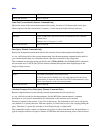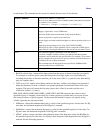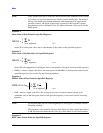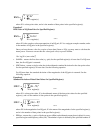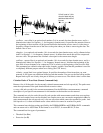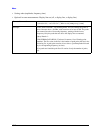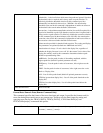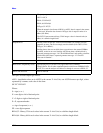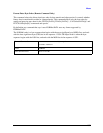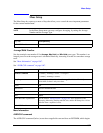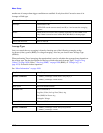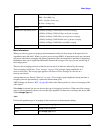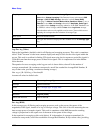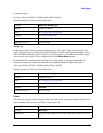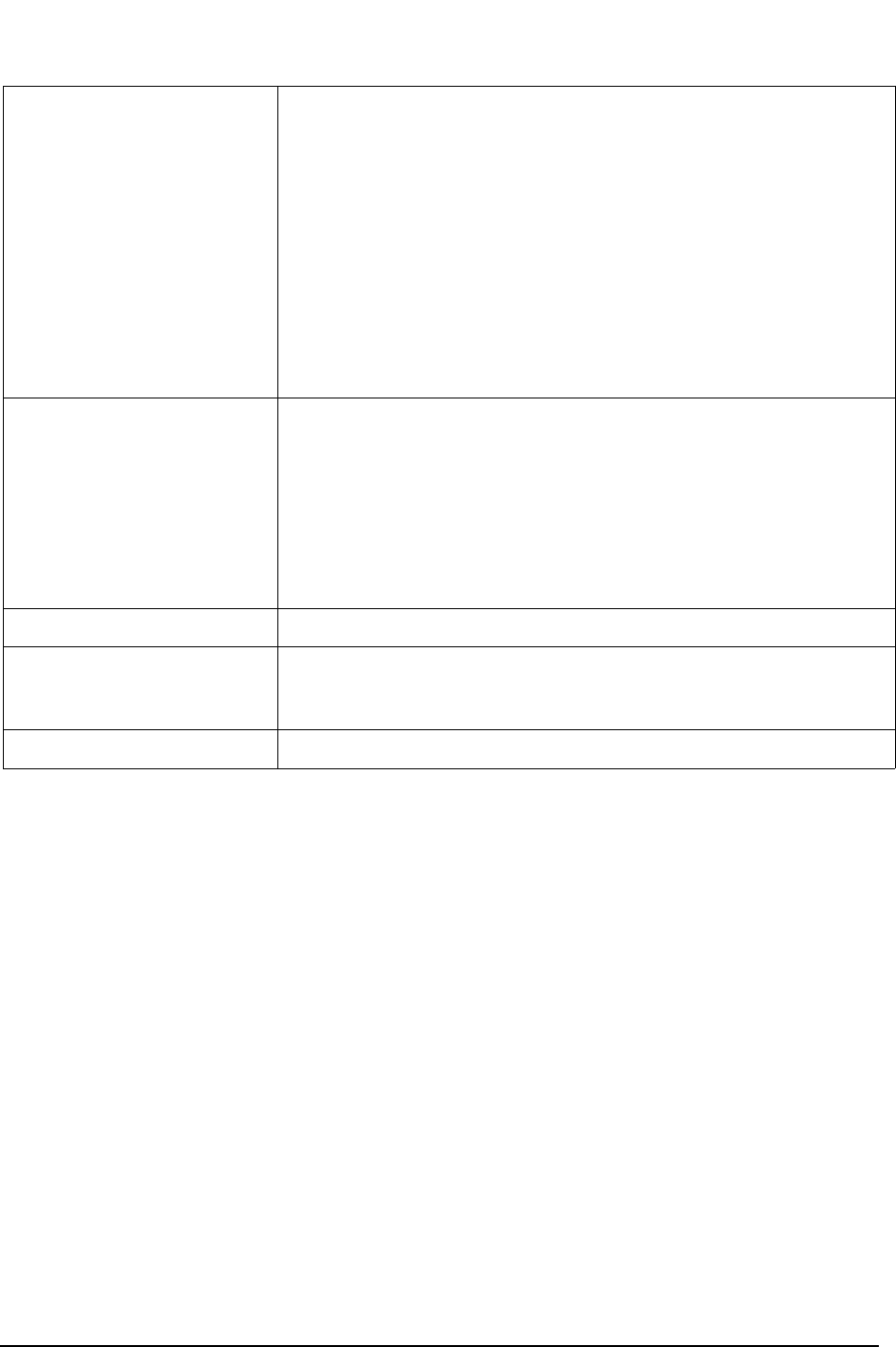
1044
Meas
The specs for each output type follow:
ASCii - Amplitude values are in ASCII, in the current Y Axis Unit, one ASCII character per digit, values
separated by commas, each value in the form:
SX.YYYYYEsZZ
Where:
S = sign (+ or -)
X = one digit to left of decimal point
Y = 5 digits to right of decimal point
E = E, exponent header
s = sign of exponent (+ or -)
ZZ = two digit exponent
REAL,32 - Binary 32-bit real values in the current Y Axis Unit, in a definite length block.
REAL,64 - Binary 64-bit real values in the current Y Axis Unit, in a definite length block.
Notes: The query response is:
ASCii: ASC,8
REAL,32: REAL,32
REAL,64: REAL,64
INTeger,32: INT,32
When the numeric data format is REAL or ASCii, data is output in the current
Y Axis unit. When the data format is INTeger, data is output in units of m
dBm (.001 dBm).
The INT,32 format returns binary 32-bit integer values in internal units (m
dBm), in a definite length block.
Dependencies: Sending a data format spec with an invalid number (for example, INT,48)
generates no error. The test set simply uses the default (8 for ASCii, 32 for
INTeger, 32 for REAL).
Sending data to the test set which does not conform to the current FORMat
specified, results in an error. Sending ASCII data when a definite block is
expected generates message –161 "Invalid Block Data" and sending a definite
block when ASCII data is expected generates message –121 "Invalid
Character in Number".
Preset: ASCii
Backwards Compatibility Notes: Note that the INT,32 format is only applicable to the command,
TRACe:DATA. For all other commands/queries which honor FORMat:DATA,
if INT,32 is sent the analyzer will behave as though it were set to REAL,32.
Initial S/W Revision: Prior to A.02.00



